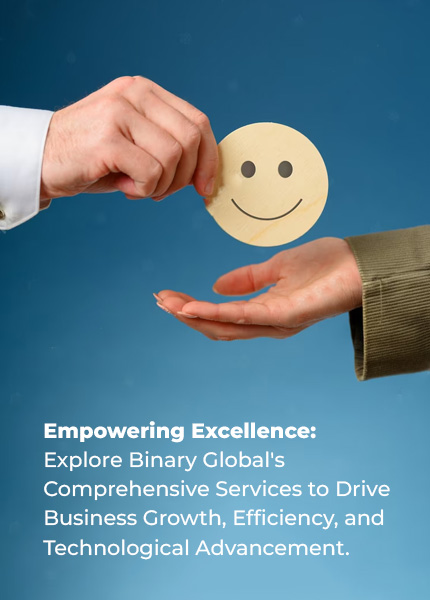Understanding Gmail and Yahoo's New DMARC Requirements for 2024

Understanding Gmail and Yahoo's New DMARC Requirements for 2024: A Comprehensive Guide
In an effort to enhance email security and reduce spam, Gmail and Yahoo are set to implement stringent DMARC (Domain-based Message Authentication, Reporting, and Conformance) policies starting February 2024. This move is particularly crucial for organizations and individuals who send bulk emails. Here's a detailed breakdown of what you need to know and how to prepare for these changes.
What is DMARC and Why is it Important?
DMARC is an email validation system designed to protect email domains from being used for email spoofing, phishing scams, and other cybercrimes. It works alongside SPF (Sender Policy Framework) and DKIM (DomainKeys Identified Mail) to enhance email security. DMARC allows domain owners to publish policies in their DNS records that dictate how email receivers should handle unauthenticated mails from their domain.
Key Requirements for Gmail and Yahoo's 2024 DMARC Policy
-
Email Authentication: Every sender, including those sending under 5,000 emails per day, must implement SPF and DKIM authentication protocols. These protocols verify the sender's identity and ensure the integrity of the message content.
-
Implementation of DMARC Policy: For bulk senders (those sending over 5,000 emails per day), a DMARC policy is a must. This policy instructs email providers on how to handle emails that fail DKIM or SPF authentication.
-
Low Spam Rates: Senders must maintain a spam complaint rate below 0.3%. Exceeding this threshold could result in emails being blocked or relegated to spam folders.
-
PTR Records for Sending IPs: Known as "forward and reverse DNS," this ensures that each sending IP address has a corresponding PTR record in the DNS.
-
One-Click Unsubscribe Option: From 2024, Gmail and Yahoo will require a single-click process for users to unsubscribe from emails, reducing the chances of emails being marked as spam.
How to Prepare for These Changes
-
Check Your Current Email Authentication Status: Utilize tools to check if your domain has SPF, DKIM, and DMARC records in place. This is the first step in understanding your current compliance level.
-
Set Up Required Authentication Protocols: If you haven't already, set up SPF, DKIM, and a DMARC policy. These are essential for enhancing your email's trustworthiness and deliverability.
-
Monitor Your Spam Rate: Keep a close eye on your spam complaint rate. Staying below the required threshold is crucial for avoiding deliverability issues.
-
Implement One-Click Unsubscribe Links: Ensure that your emails include a simple and straightforward unsubscribe option. This not only complies with the new requirements but also enhances the user experience.
-
Educate and Update Your Team: Make sure your IT team and email marketers are aware of these changes and understand the steps needed for compliance.
-
Regularly Review and Update Your Email Practices: As email standards evolve, it's important to stay informed and adapt your strategies accordingly.
Conclusion
The upcoming DMARC requirements from Gmail and Yahoo are a significant step towards enhancing email security and reducing spam. By understanding these requirements and preparing accordingly, you can ensure that your emails continue to reach your audience effectively and securely.
Remember, these changes are not just for compliance; they're an integral part of maintaining a reputable and trustworthy digital presence. Embracing these changes not only aligns with industry standards but also bolsters your email campaigns' effectiveness and your domain's reputation.



